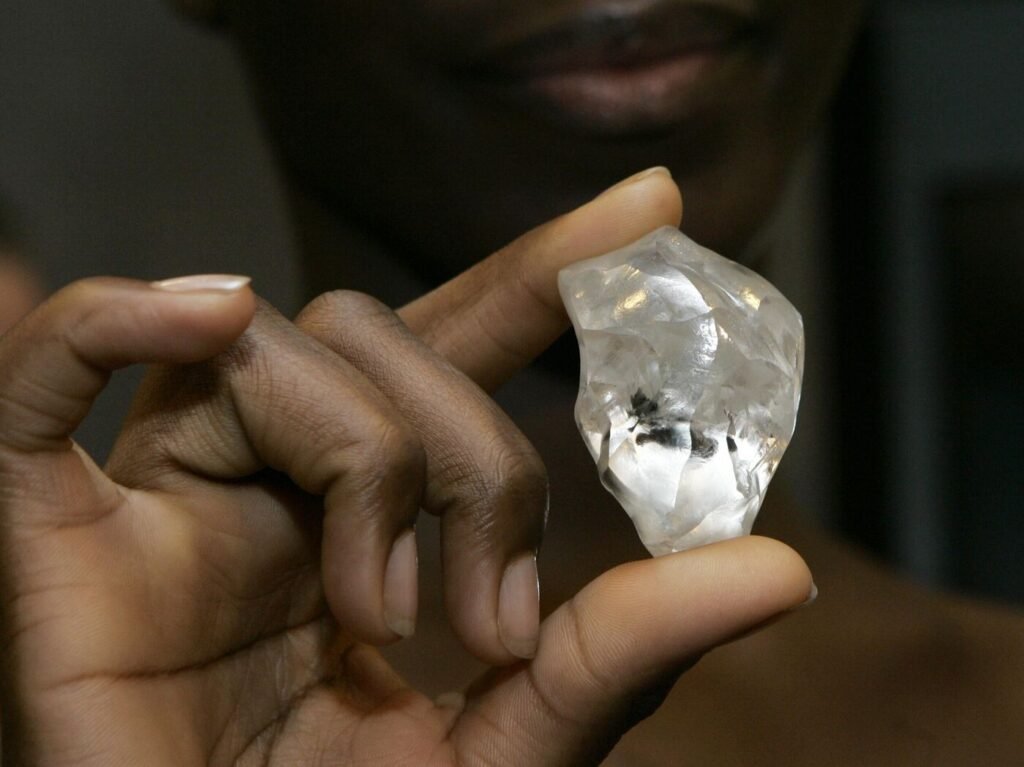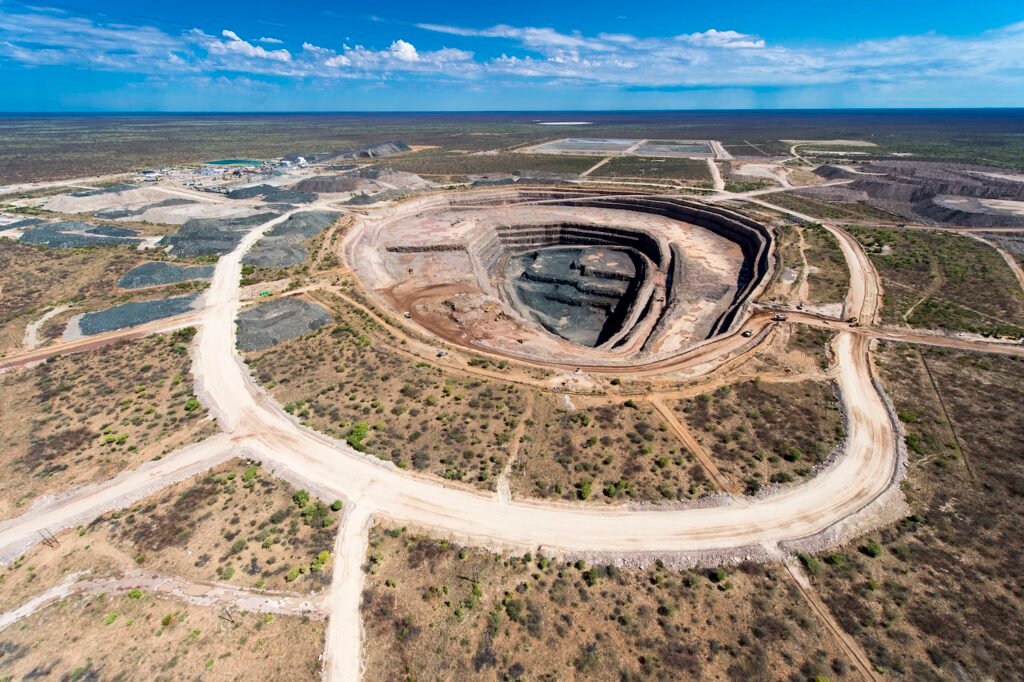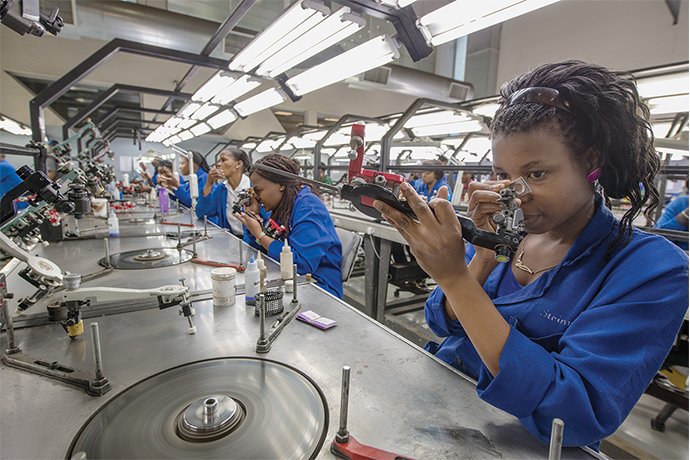Mining Diamonds in Africa

Africa is the world’s largest producer of diamonds, with several countries playing a central role in the global gem and industrial diamond supply chain. From the deep kimberlite pipes of Botswana to the alluvial deposits of Sierra Leone, diamond mining remains a vital sector for economic growth, employment, and export revenue.
Here’s an overview of diamond mining in Africa, its key players, and its impact on the continent.
1. Top Diamond-Producing Countries in Africa
| Country | Annual Production (Carats) | Key Mines |
|---|---|---|
| Botswana | ~20 million carats | Jwaneng, Orapa |
| South Africa | ~13 million carats | Kimberley, Finsch, Cullinan |
| Angola | ~8 million carats | Catoca, Lunda Norte |
| Zimbabwe | ~4 million carats | Marange, Chiadza |
| Namibia | ~2 million carats | Orapa, O’Kiep |
| Democratic Republic of Congo (DRC) | ~3 million carats | Kavango, Mwami |
| Sierra Leone | ~1–2 million carats | Kono, Mongbai |
2. Types of Diamond Deposits in Africa
Diamonds in Africa are found in:
- Kimberlite Pipes: Deep volcanic formations hosting diamonds
- Alluvial Deposits: Riverbeds and coastal areas with surface-mined diamonds
- Placer Deposits: Gravel and sediment layers containing loose diamonds
These deposits support both industrial and gemstone mining across the continent.

3. Major Diamond Mining Companies
| Company | Country | Notes |
|---|---|---|
| De Beers (via Debswana) | Botswana | Largest producer by value |
| Lucara Diamond Corporation | Botswana, Canada | Operates the Karowe Mine (Botswana) |
| Anglo American (via AngloGold Ashanti) | South Africa | Produces industrial and gem-grade diamonds |
| BHP Billiton | South Africa | Holds shares in diamond assets |
| Alrosa (Russia) | DRC | Joint ventures in industrial diamond production |
| Makambo Diamonds | DRC | Focus on artisanal and small-scale mining |
4. Economic and Social Impact
Diamond mining contributes significantly to African economies:
- Export Revenue: A major source of foreign exchange
- Employment: Supports thousands of jobs directly and indirectly
- Infrastructure Development: Roads, power, and water systems built around mining zones
- Community Investment: Many companies fund schools, clinics, and local development
However, challenges like conflict diamonds and environmental concerns persist, especially in parts of the DRC and Central African Republic.

5. Trends and Future Outlook
Trends:
- Sustainable Mining Practices: Adoption of ethical sourcing and ESG standards
- Artisanal Mining Formalization: Efforts to bring informal miners into legal frameworks
- Technology Integration: Use of AI, drones, and automation in exploration and operations
- Focus on Industrial Diamonds: Growth in demand from electronics and manufacturing sectors
Challenges:
- Regulatory complexity in some regions
- Security risks in conflict-affected areas
- Environmental degradation from open-pit and alluvial mining

FAQs
Q1: Which African country produces the most diamonds?
A1: Botswana is the top producer by value, followed by Angola and South Africa.
Q2: Are there conflict diamonds in Africa?
A2: Yes—some regions have historically had issues, but the Kimberley Process has improved traceability.
Q3: What is the future of diamond mining in Africa?
A3: Continued focus on sustainability, technology, and formalizing artisanal operations will shape the industry’s long-term success.
Conclusion
Diamond mining in Africa continues to be a cornerstone of economic activity, with Botswana leading the way. As the industry evolves, it remains a key driver of employment, infrastructure, and global trade.

